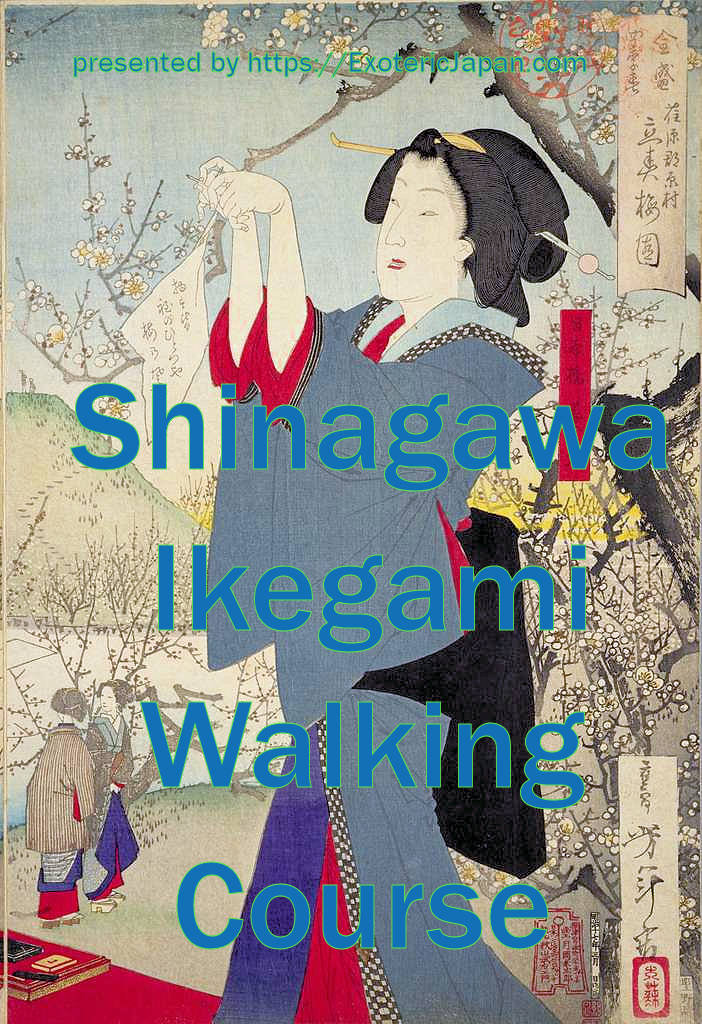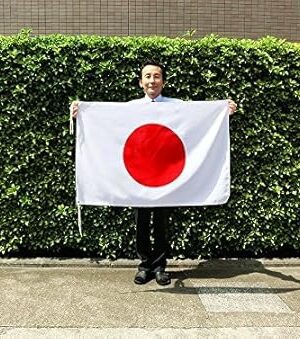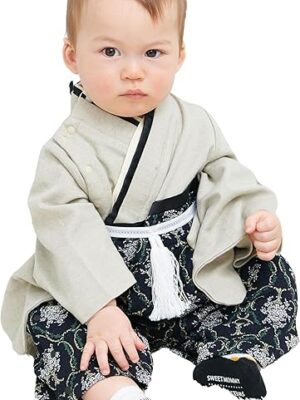A Walk Along Historic Temple and Tokaido Post Towns
Amazon Affiliate Linked Japanese Goods Shop
-
Sale!
Miccostumes Anime Corps Cosplay Costume Uniforms
Original price was: $50.$40Current price is: $40. Check it out on Amazon -
Sale!
Women’s Easy Yukata Robe Casual Cotton Kimono for Summer
Original price was: $97.$75Current price is: $75. Check it out on Amazon
The Tokyo Promenade of History and Culture
Tokyo Walking Courses such as the Tokyo Promenade of History and Culture (aka 東京歴史と文化の散歩道) unveil the layers of Tokyo, from ancient echoes to vibrant modernity!
9.5 km in Total Length
Shinagawa Post Station Walk
Shinagawa Station – Hamagawa Bridge
Departing from Shinagawa Station, we left the hustle and bustle of Daiichi Keihin and entered the old Tokaido Highway. The long and narrow shopping street is a remnant of a former post town that stretches for 2 kilometers from north to south. Along the road, there are Shinagawa Shrine, Tokaiji Temple, Shinagawaji Temple, Kaikoji Temple, and other temples. The distance from Nihonbashi to Shinagawa is 2 ri (about 8 km). These temples and shrines were just the right distance for a leisurely stroll from the downtown area, and became popular recreational spots for Edo citizens.Stroll Around Magome Writers’ Village
Hamakawa Bridge – Ryuko Memorial Hall
Leave the old Tokaido at the end of the Tachiai River and cross the Tokaido Line. After passing through Omori Shell Mound, famous for the discovery made by Dr. Morse, we entered the shopping street in front of Omori Station. This area is on the edge of a plateau with small hills on the inland side. Magome Writers’ Village is an area on the plateau that goes up the hill to the Ota Ward Folk Museum and Ryuko Memorial Museum. After the earthquake, many literary figures, including Shiro Ozaki and Chiyo Uno, Yasunari Kawabata, Saisei Muro, and Shugoro Yamamoto, moved to this area.Walk around Honmonji Temple
Ryuko Memorial Hall – Ikegami Station
From the Ryushi Memorial Hall, which preserves and exhibits the works of Japanese painter Ryushi Kawabata, we head to Ikegami Honmonji Temple, the place where Nichiren Shonin passed away. Honmonji Temple was founded in the Kamakura period. The vast temple grounds are lined with halls and pagodas, including a five-storied pagoda that is said to be the oldest and largest in the Kanto region. There are many graves of famous people such as Shinyu Kano, Kiyomasa Kato, Rohan Koda, Rikidozan, and Raizo Ichikawa. Ikegami Station is just around the corner from here.Oi Nagisa Forest Walk
Minami Oi 1-chome – Ryutsu Center Station
Leave the old Tokaido at Tachiaigawa and head for the waterfront. If you pass along the north side of Oi Racecourse and cross the Keihin Canal, Oi Pier Central Seaside Park will be right in front of you. On the east side is the “Sports Forest” with a baseball field, tennis courts, track and field stadium, etc., and on the west side is the “Nagisa Forest” for waterside recreation such as bird watching and fishing. If you go south along the Keihin Canal, you will see Tokyo Port Wild Bird Park.














